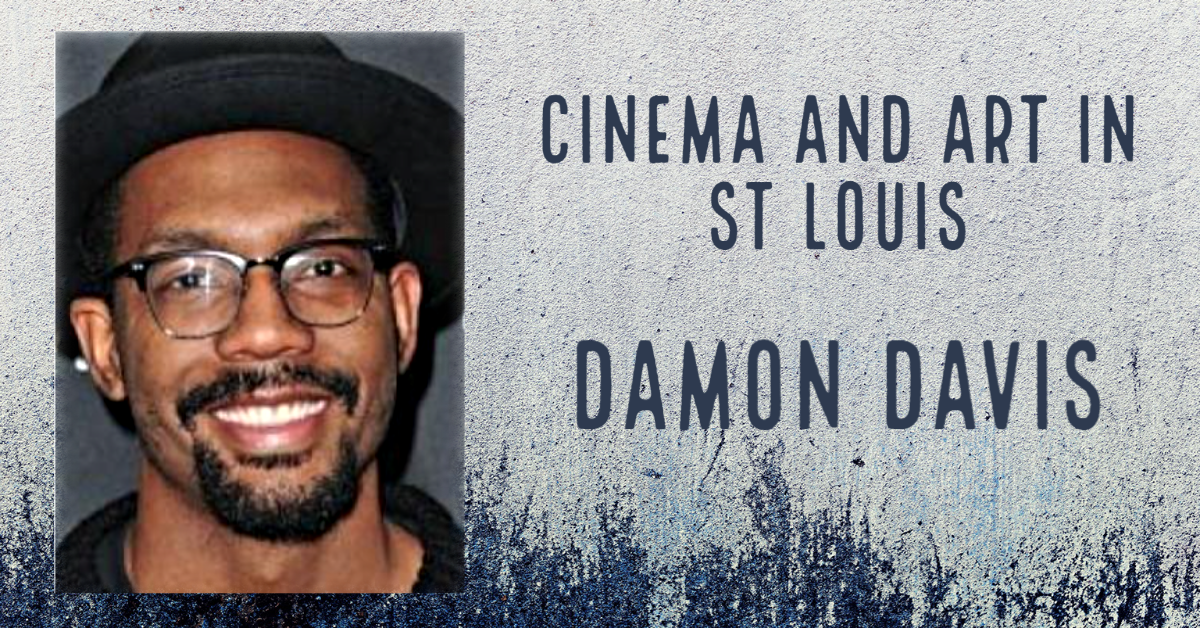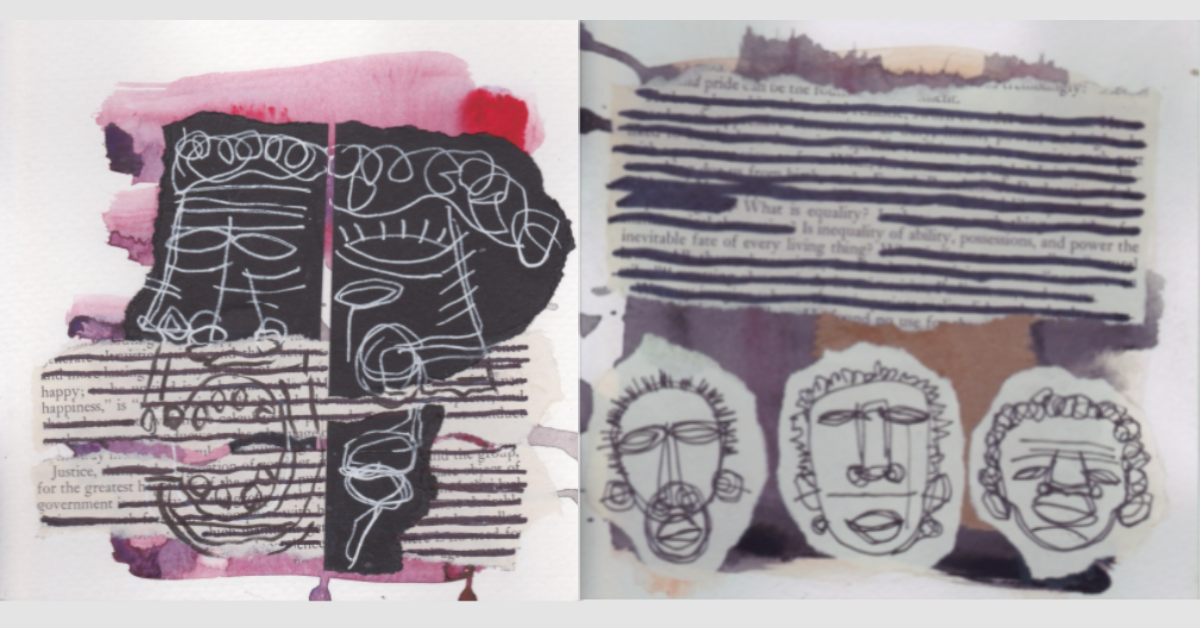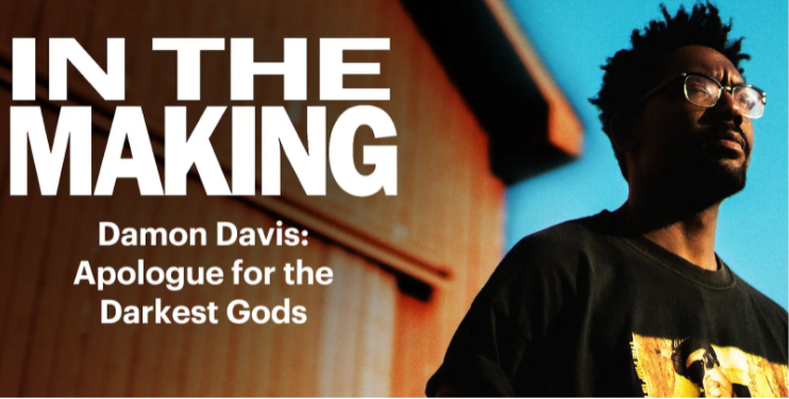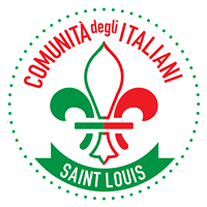|
ELIZABETH BERNHARDT, PhD Damon Davis (b. 1985, East St. Louis) is actively involved in many creative practices in St. Louis: he works as a visual artist, a musician and music producer, and he earned an MFA in filmmaking—so he is often busy working in film production. Damon has an interesting mixed heritage, and he often explores topics related to American identity as his mom was Native American and French from Louisiana and his dad was an African American active with the Black Panthers. Damon was raised Roman Catholic yet at the same time became interested in subversive créole culture and in learning about voodoo and Yoruba. Damon creates art made of a variety of elements from different cultural norms, and he often explores what it is to be a Black American man. He puts together parables and magical stories that reflect his experiences and teach about human nature. He is fascinated by storytelling across cultures. In 2011 Damon founded an experimental musical artist collective called FarFetched in a city where the presence of a lot of African American music created a strong culture and identity—thanks to Miles Davis, Chuck Berry, Josephine Baker, Ike and Tina Turner and many more. As Damon collaborates with local musical talents, he found time to create his own albums exploring Afrofuturist themes like science fiction, créole mysticism and alternative Blackness as seen in his albums Darker Gods and The Holy Mountain. As a music producer he is known as LooseScrewz and active on different venues, from PBS to MTV. Among other projects, as a visual artist while on a residency program at Grinnell College in 2019, he created sculptural busts made out of crystals embedded in concrete. They are fascinating to look at while they carry heavy conceptual meaning. They are about vulnerability, masculinity, grieving and trauma caused by loss and pain. The pieces are physical representations of mental strain and vulnerability as well as great strength. For more on his show at the Grinnell College Museum of Art (2020), see www.heartacheandpaint.com. To turn back a few years, Damon actively worked with different kinds of artistic expressions in response to what went on after the killing of teenager Michael Brown in Ferguson (August 2014). In Damon’s words, “All Hands On Deck [the name of his project] captured the hands of people who shaped and upheld the movement. These prints were wheat-pasted onto boarded-up businesses of West Florissant, a street of significant protest. The project in itself was a protest to change the physical space of the street as the boarded buildings created a narrative of destruction before anything had even happened which fed into the media’s biased portrayal of the protesters. It was a way to weaponize art to create a counternarrative centered on the unity and love I saw every time I went out to protest. It sought to raise the morale of the protest community to continue the long fight.” The installation was tweeted by Banksy as “the most powerful street art in the world” in that moment and was later recognized as one of “The 100 Works of Art That Defined the Decade” by Artnet critic Ben Davis. The series lives on as a digital archive and set of lithographs. The original wheat pastes are now in the Smithsonian's collection. Damon also made about 130 small drawings about the protests in a series called Negrophilia as he recorded images of people he saw and words he heard. He experimented with crossing out words in texts as a representation of how history is made—based on limited and selected information—and certainly not on a full or critical bigger picture as it should be in an ideal situation. How history is created is an absolutely fascinating topic for thought and something usually left to history professors in a classroom or to thoughts left in academic books. Through his conceptual art, Damon literally and visually shows how history has almost always been shaped—by those in power. His piece here is incredibly powerful as Damon took a magic marker to the text to distort the original message and to explore how the record and ultimately “history” is written. For a link to text and images from this series, see: www.heartacheandpaint.com/Negrophilia. In 2017 Damon next released another piece of his work, this time a documentary film that he co-directed called Whose Streets that opened later that year at the Sundance Film Festival. Damon was invited to do a TED talk about fear, courage, anger and love—stemming yet again out of the multifaceted community work he did in Ferguson. Moving beyond the St. Louis-inspired projects, Damon travelled to Ghana on the Indelible Arts Residency where he wrote, directed, shot and created music for The Stranger (2018). In Damon’s words, “It is an allegorical story that speaks to the complex relationship between the Diaspora and the continental African people, as well as the rift that slavery created and the expectations of a person returning to a “homeland” they have never seen. It follows a stranger who falls from the sky in search of a castle and a queen who may not be exactly what he expects.” The protagonist returns to West Africa to explore his forefathers’ origins yet at the same time feels like a stranger there. Damon also explains how some Americans can feel like strangers even in America as they are not always accepted by mainstream America. He thinks that this liminal and challenging state makes African Americans able to adapt to all kinds of life situations.
One of Damon’s current projects is entitled Darker Gods, an Afro-Surrealist mythological fable that introduces a universe where people of color are gods. He explains, “Challenging the devaluing nature of western representations of Blackness in the media and popular culture, the collection of works is made through a Black aesthetic for the Black community to see themselves in all of their grace and complexity.” Damon created a pantheon of thirteen deities that rule over a parallel universe as well as a garden serving as a gateway where the two worlds meet. At the intersection we see fantasies of Blackness reminiscent of Yoruba and Greek mythology. The second chapter in this epic story, Darker Gods at The Lake of Dreams, will be opening at Betti Ono Gallery in Oakland, California, in June. Damon thinks a lot about American history—how America developed and the plight of African Americans. His work addresses some of the most challenging concepts related to race and to potential change. He strongly believes that art has the power to make change because he believes that art will be truthful and because artists are creative problem solvers, much like scientists. He believes that storytelling will help put light into the world for people who don’t have a voice. He explains that we know so much about other cultures through their art and cinema and that these media have the power to unveil our identity and potentially heal our culture. For more information please visit: www.pbs.org/wnet/americanmasters/damon-davis-apologue-for-the-darkest-gods/15
0 Comments
Leave a Reply. |
AuthorsGiovanna Leopardi Year
All
Archives
July 2024
|
|
Contact us:
|







 RSS Feed
RSS Feed
